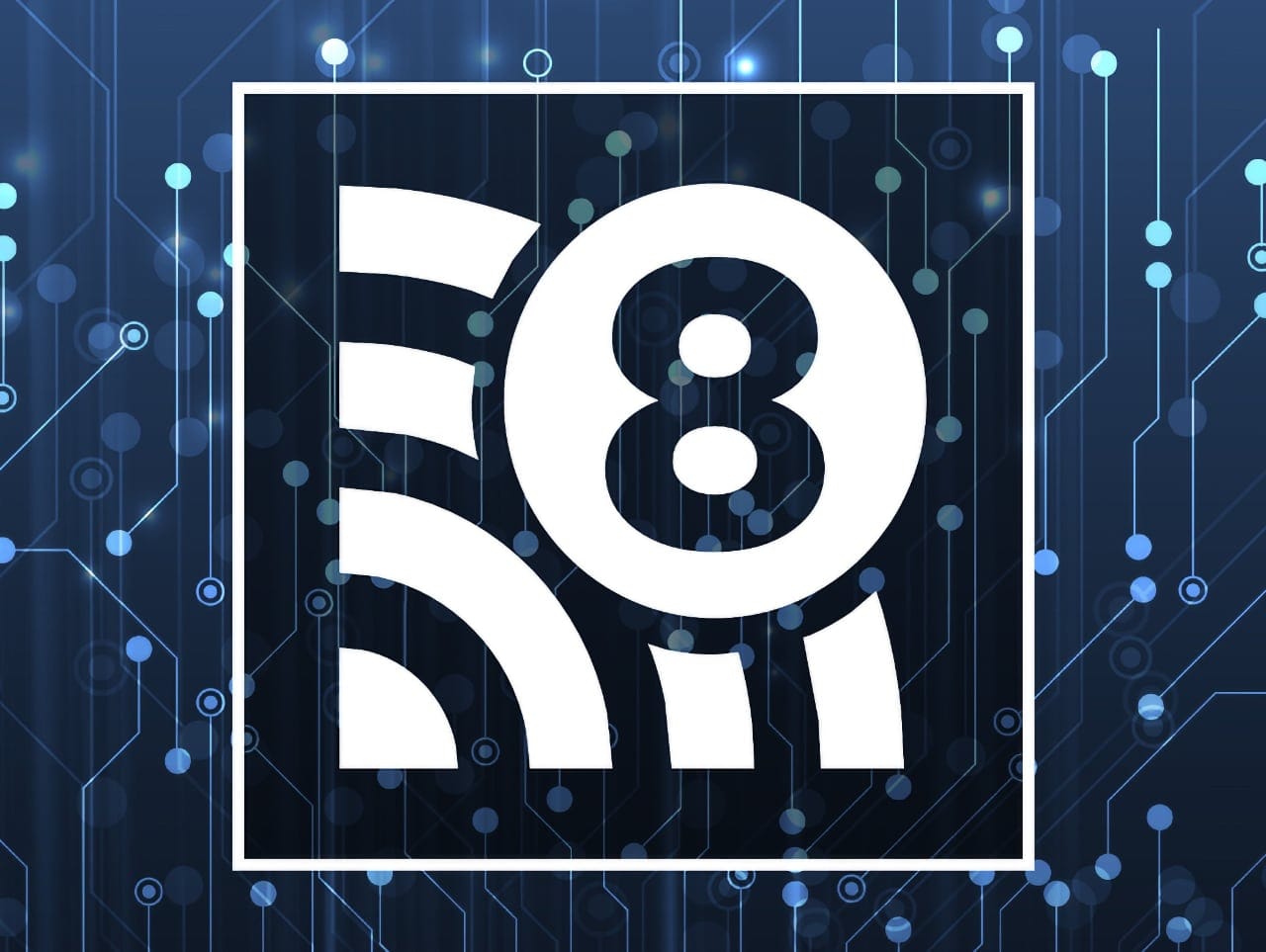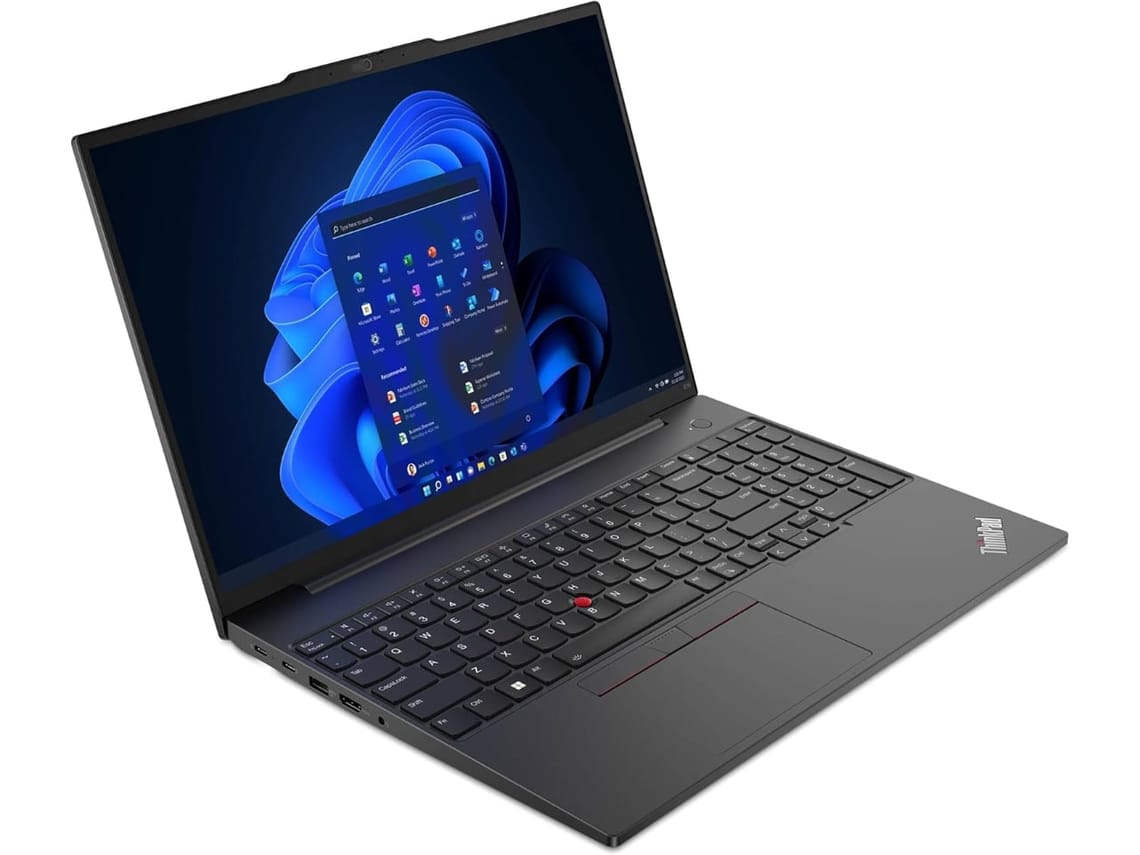Intel has published a deep look at Wi-Fi 8, and the message is simple: reliability now matters more than headline speeds. The white paper outlines how 802.11bn targets consistent, predictable performance, tighter security and privacy, and the use of AI across the stack. Standards work is still in draft, with real products expected closer to 2028, but the direction is clear.
- Intel has released a comprehensive Wi-Fi 8 (802.11bn) white paper.
- The focus shifts from chasing peak speeds to Ultra High Reliability and deterministic performance.
- Four pillars: optimised networking, determinism, stronger security/privacy, and AI enablement.
- Certification is expected around late-2027 to 2028; consumer gear follows after.
- For the UAE, the smart move today is a solid Wi-Fi 7 setup while watching Wi-Fi 8 mature.
What Intel just published
Intel’s white paper pulls together the state of Wi-Fi 8 and where the standard is heading. It’s written by Carlos Cordeiro, Intel Fellow and Wireless CTO for client computing, and reflects what’s in the first draft of 802.11bn.
- Comprehensive overview of Wi-Fi 8 goals and design choices
- Based on P802.11bn Draft 1.0 feedback and scope
- Sets expectations for timelines and capabilities
The paper is pitched as a clear, accessible summary of the next generation. It frames Wi-Fi 8 as a shift away from raw speed to a network that behaves predictably under load, interference, and motion. That’s the bit most users feel day to day.
The big shift: Ultra High Reliability
UHR is the banner Wi-Fi 8 flies under. Instead of chasing new peak PHY rates, the target is better worst-case behaviour: fewer retries, lower jitter, and smoother roaming. Industry guidance points to tangible goals like improving throughput and chopping tail latency in tough conditions.
- Prioritises consistent links in noisy, congested spaces
- Aims to cut 95th-percentile latency and packet loss
- Benefits AR, industrial control, and busy homes alike
Think of UHR as Wi-Fi that doesn’t panic when the room fills up. Busy apartments, office corridors, or malls should see fewer stalls and less jitter, which matters more than another “up to” megabit you’ll never hit.
Four pillars: networking, determinism, security, AI
Intel groups the value into four themes: optimised networking, deterministic performance, stronger security and privacy, and AI enablement. The first two are about how devices share air time and keep latency predictable; the third hardens the stack; the fourth uses machine learning to steer, schedule, and detect issues faster.
- Optimised networking: smarter coordination between access points and clients
- Determinism: tighter control of channel access for repeatable latency
- Security/privacy: updated protections for denser, multi-link networks
- AI: context-aware decisions that adapt to traffic and interference
You won’t see these as one flashy feature. They’re layered improvements that make roaming, scheduling, interference handling and anomaly detection less chaotic so sessions hold steady instead of hiccuping.
Timelines: when to expect Wi-Fi 8 kit
Standards take time. Drafting, comments and interoperability all have to line up before device makers ship in volume. The realistic window for certification lands around late-2027 to 2028, with consumer devices following after. Enterprises and prosumers usually see the first wave, then laptops and phones.
- Drafting is active; thousands of comments are being resolved
- Certification and final approval are targeted around 2028
- Early hardware appears first in premium and enterprise gear
That means Wi-Fi 7 remains the practical choice for the next couple of years. Wi-Fi 8 will arrive, but it won’t be Tuesday.
What this means for the UAE right now
Multi-gig fibre is spreading across the UAE, but home Wi-Fi is still the bottleneck in many flats and villas. If your network struggles today, go for a solid Wi-Fi 7 router or mesh and keep cabling key rooms. Our recent look at an all-in-one Wi-Fi 7 router shows how far stability has come, and our UAE internet guide breaks down plan choices.
- Prioritise Wi-Fi 7 with good roaming and QoS today
- Use wired backhaul for mesh where possible
- Plan to upgrade client devices gradually as Wi-Fi 8 lands
You’ll feel the biggest wins from better placement, wiring backhaul, and choosing gear that handles many devices gracefully. Then, when Wi-Fi 8 hits shelves, you’ll swap access points without rebuilding your whole setup.
FAQs
What is Wi-Fi 8?
Wi-Fi 8 is the marketing name for IEEE 802.11bn, the next major Wi-Fi generation. It focuses on Ultra High Reliability and deterministic performance rather than new peak speeds.
How is it different from Wi-Fi 7?
Wi-Fi 7 pushed throughput and multi-link operation. Wi-Fi 8 keeps much of that base and adds mechanisms aimed at reducing tail latency, drops and roaming pain so performance is more consistent under stress.
When will Wi-Fi 8 devices arrive?
Expect certification and broader availability around 2028, with early enterprise gear before mass-market phones and laptops. Timelines may shift as the standard firms up.
Who authored Intel’s white paper?
The paper is authored by Carlos Cordeiro, Intel Fellow and Wireless CTO for client computing.
Should I wait for Wi-Fi 8?
No. Upgrade to a capable Wi-Fi 7 router or mesh if your current network is flaky, then roll into Wi-Fi 8 when certified hardware is widely available. See our hands-on with an all-in-one Wi-Fi 7 router and our UAE internet plan guide for practical picks.
Relevant reads on Tbreak
Subscribe to our newsletter to get the latest updates and news







